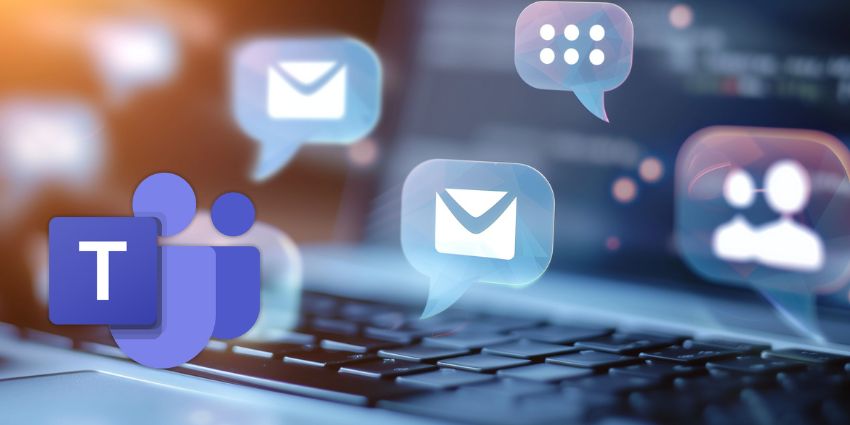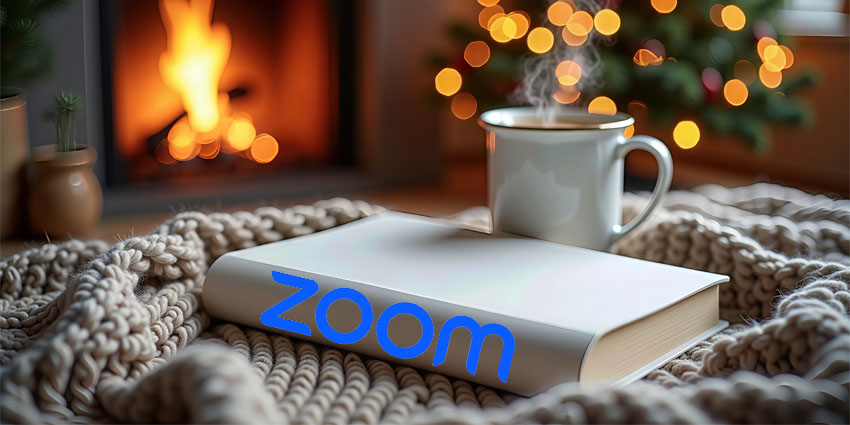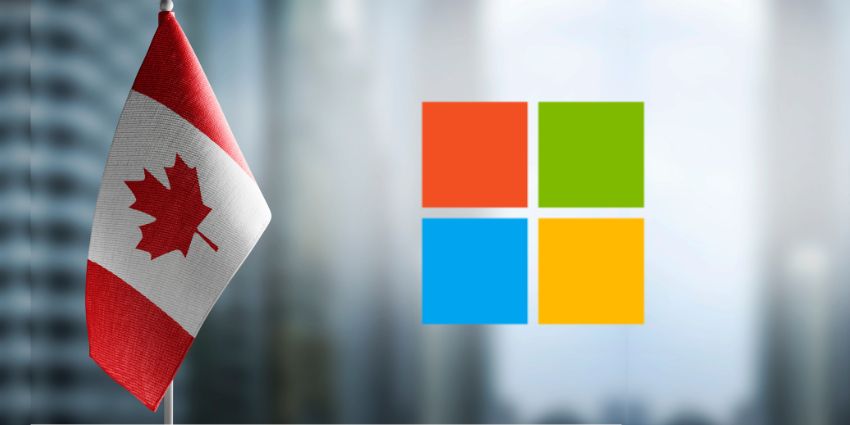Microsoft Teams is finally getting threaded conversations, a move that brings its features increasingly close to those of Slack.
“You can follow the threads that matter most to you, and when an important update or decision is made, you can send it back to the main conversation, so everyone stays aligned without requiring them to sift through every reply,”
Noga Ronen, Senior Product Marketing Manager for Microsoft Teams, said.
The update is a major structural change to how Teams handles collaboration and aims to declutter chats by creating dedicated sections for topics.
Microsoft has also added a dedicated “followed threads” view and expanded emoji reactions as part of the update.
How the Threads Feature Works — And Why It Matters
Unlike Slack, where threads can be created organically from any message, Teams takes a more structured approach.
Available in the channel section of the platform, owners must choose between a ‘post’ or ‘thread’ layout, setting the tone for how the channel is used. This decision affects whether users can initiate nested replies or stick with more traditional post-and-reply structures.
The assumption is that different teams or departments might benefit from different structures, depending on whether they prioritize free-form discussion or audit-ready records.
The ability to follow and unfollow threads also addresses one of the main issues this update aims to curtail: information overload.
Also new in this update is a “followed threads” view — a centralized area where users can track ongoing threaded discussions. By default, users follow threads they start, are mentioned in, or reply to, but they can also manually follow or unfollow threads to tailor their experience.
Despite these silos, Microsoft allows you to send a message from a thread to the main view for greater visibility. This creates a link between the specific information shared in the thread and key updates that affect developments beyond the channel.
Microsoft said the Threads layout is more suitable for back-and-forth conversations, while the existing Posts layout is ideal for announcements. It is also reported that bots can be activated only in the Threads layout.
Alongside this, Microsoft is rolling out multiple emoji reactions and improved slash commands, including better GIF search — smaller updates that collectively enhance the user experience. Although seemingly minor, these changes help declutter threads by giving people a more accurate way to respond to a message without adding more text.
The Slackification of Microsoft Teams?
Threaded conversations aren’t just a technical update; they’re an indication that Teams is slowly incorporating more Slack-like features into its platform.
Last year, Microsoft revealed one of the biggest UI overhauls in Teams’ history — collapsing the line between chat and channels, introducing mentions views, custom sections, and filtering tools.
Such convergence is made more complex by the history between the two platforms. Microsoft famously opted not to acquire Slack in 2016, choosing instead to build Teams from the ground up. Slack later filed a complaint with the European Commission, accusing Microsoft of anti-competitive behavior — namely, bundling Teams with Office 365.
Salesforce CEO Marc Benioff, who acquired Slack for $27 billion in 2020, has been vocally critical of Microsoft.
In a recent podcast, he described Microsoft’s conduct as “pretty nasty,” accusing the company of deploying a “dark” playbook to undermine Slack’s growth. “You can see the horrible things that Microsoft did to Slack before we bought it,” he said, referring to the EU complaint and broader accusations of platform bundling and customer lock-in.
Acknowledging the Needs of a Threaded Feature
The arrival of threaded conversations in Teams shows Microsoft recognizes the value this feature brings.
Although it had been announced for release for over a year, whether the capabilities launched are enough to satisfy users who waited that long remains to be seen.
The fact that Teams threading works differently than Slack’s shows that Microsoft isn’t just cloning; it is providing what it believes threaded capabilities are designed to do: reduce noise.
Currently released in public preview, these features could be subject to change over the coming weeks.







